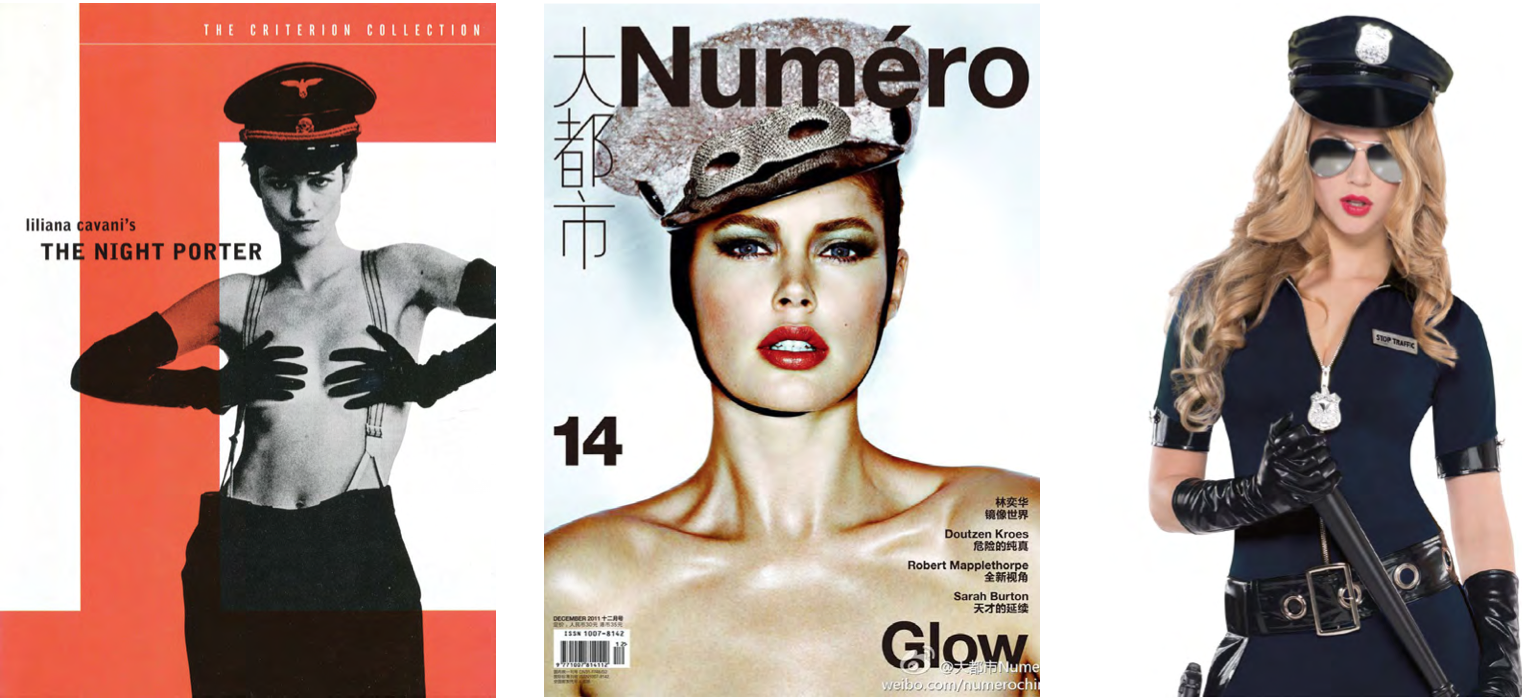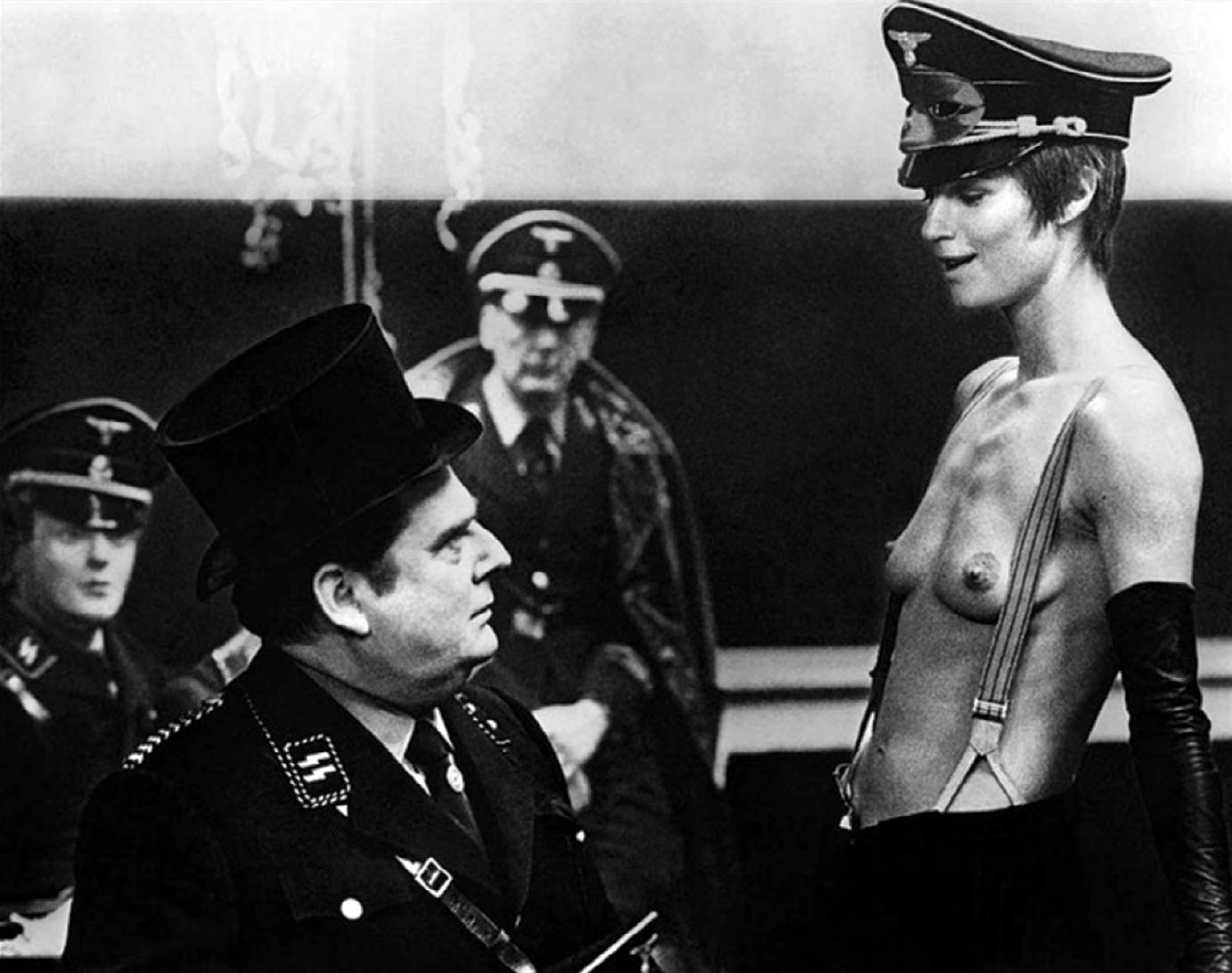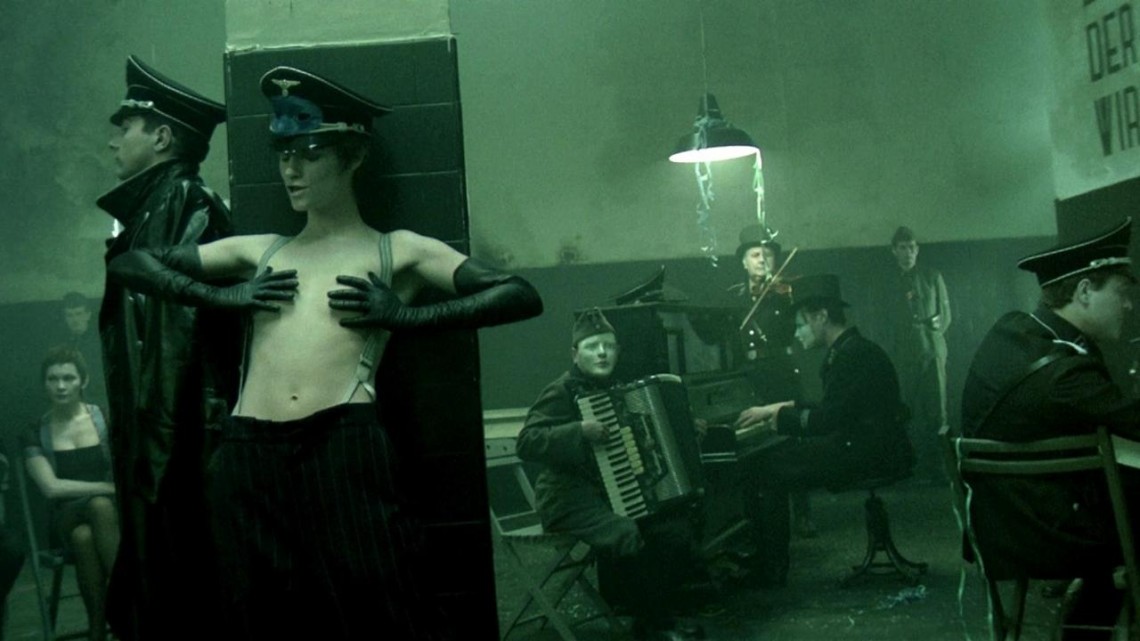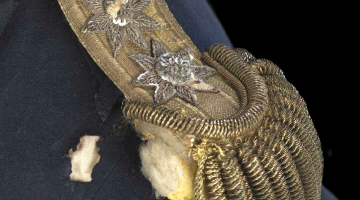The fashion designer Yves Saint Laurent famously quipped that “fashion fades, style is eternal.” This enigmatic statement does much to elucidate the powerful place that style holds in many contemporary cultures. In particular, it alerts us to the relationship that exists between notions of style and notions of history. Or, to the idea that “to have style” is to have the means of inserting oneself into history, while “to lack style” is to risk oblivion. Style Wars—a new, regular column in AQ—suggests that the tracing of style’s fluctuating movements across varied social, political, aesthetic, and philosophical terrains is important work, and that this is particularly true within the realms of fine art, design, art history, and “visual studies” (as many important figures within these fields have long vied to claim and contest the ownership of this term). Style Wars aims to appreciate how critical considerations of style can offer opportunities to think across sets of subjectivities and cultural practices that are often disassociated or pitted against one another.
***
As Halloween superstores again occupy empty storefronts across the United States, and legions of “sexy soldiers” and “sultry police officers” march out to flood city streets, house parties, and Instagram feeds, the inaugural installment of Style Wars stops to consider what the erotic stylization of deadly force might mean—particularly in light of recent police brutalities, and a long-overdue national conversation about the ways in which this force is disproportionately applied to marginalized communities. By focusing critical attention on a key antecedent to this endless stream of coquettish cop costumes, this piece asks, why is it stylish for one to be attracted to the kind of power that “the uniform” signifies? Furthermore, it examines how these sartorial styles, however campy or grotesque, serve as a serious index of our collective complicity in the ongoing production of state violence.

Left: Cover artwork for Liliana Cavani’s 1974 film The Night Porter.
Center: Numéro magazine, Issue 14, December 2011.
Right: Sexy policewoman costume.
All images courtesy of the Internet.
The Erotic Stylization of Deadly Force
During the twilight of the Vietnam War, Liliana Cavani’s 1974 film The Night Porter re-styled the fantasies and material cultures surrounding World War II (“the last good war”) to critically interrogate the notion that the presence of a strong military and police force works to create a less violent world. Some 40 years since the film’s first appearance in theaters, The Night Porter continues to ask viewers how modern technologies of acute corporeal discipline have altered our ethical and aesthetic fields. Its formidable claim is that cultures of uniformity—cultures that dictate regularity, consistency, and uniform behavior—also inspire particularly unique forms of cruelty and violence. Through its highly stylized plot and mise-en-scène, Cavani’s film boldly underscores how uniformity makes it increasingly desirable (if not necessary) for expressly “singular” forms of (dis)pleasure to eventuate within modern erotic and political life.
The Night Porter’s storyline follows the complex, sadomasochistic relationship between a young woman formerly imprisoned within an unnamed concentration camp, Lucia Atherton (Charlotte Rampling), and an older man who more than willingly served as an officer in Hitler’s Schutzstaffel (SS), Max Aldorfer (Dirk Bogarde). The complexity of this psycho-sexual relationship is powerfully shorthanded in the infamous image of Lucia, painfully thin yet resiliently beautiful, seductively wearing a Nazi officer’s cap and little else but black, opera-length leather gloves and a pair of oversized men’s trousers, held in place by elasticized suspenders. Cavani does most of her heavy lifting simply by bringing this iconic image into representation, an image that has arguably come to serve as the modern template for how to stylize the erotics of power. The image encapsulates the perverse way that war, as Cavani explains it, “[detonates] the sadomasochism that is latent in each of us; [how] when there is war, the state monopolizes the sadomasochistic drive of its citizens, stirs it up, and uses it, legalizes it . . . [how it], therefore, becomes possible to be victims or assassins within the terms of the law.”1
Despite critics’ claims to the contrary, Cavani’s explicitly erotic re-styling of the SS uniform is not a neo-Nazi attempt to take perverse pleasure in the Third Reich’s most extreme abuses of power. Nor is it a reduction of fascism to nothing but “a pretext for exploiting themes of kinky sex.”2 The Night Porter is not a prescription for how power ought to function, but an allegory for how it does.
Today, in the midst of another series of endless wars, secondhand versions of Cavani’s paragon of perversity abound. These copies all too easily substitute the Nazi raiments at the center of The Night Porter’s iconic image for any number of other, more generalized uniformed forces. These images tend to embody a kind of playful casualness that Rampling’s characterization does not, a lively bawdiness that works to displace the (SS or police) uniform’s association with violence and death by directing our attentions towards the “reproductive narrative” that is literally posited by the models’ heaving breasts and glowing skin.
While much is lost between Cavani’s ashen femme fatale (born within the Camp) and her progeny (born within the free market), I’d suggest that this ribald style’s foremost political challenge nonetheless remains intact—even if more recent styles tend to camp or commercialize this powerful aptitude for the sake of sublimating its implications. Taken as a whole, these figurations all “work” by drawing fetishistic attentions towards the deeply horrifying knowledge that orderly, modern forms of beauty cannot only survive, but can literally “get off” in hideous proximity to radical forms of violence. These styles highlight how uniforms function to materially harness and instrumentalize our desires’ transformative energy for the sake of varied interests. As the French philosopher and critic Michel Foucault explained in a 1974 interview for Cahiers du cinéma, “The Night Porter[’s] problem is—in general as in the present conjuncture—a very important one: it’s that of the love of power,” or the undeniable problem that, “Power has an erotic charge.”
Ultimately, all uniforms work to provide us with a stable and immediately fulfilling sense of power. The uniform produces an ostensibly immutable and powerfully predictable body—a body that stands in opposition to the capricious and more volatile corpuses captured by everyday fashions. Positioned beyond the unpredictability of “fashion,” the uniform becomes a perfect object of desire. But situated outside the purviews of civilian life, its inaccessibility gives its wearer the decisive ground needed to produce the circumstances and terms under which “justifiable” forms of lethal, corporeal violence might be enacted by the selectively dressed few.
In Cavani’s debauched re-figuration of the uniformed body, the uniform’s power is proffered as extreme, differentiated (i.e., gendered) profanity. It is presented as an impious woman who takes pleasure in toying with the trappings of order and consistency. Put simply, Cavani subverts the stability of the uniform. She produces a uniformed body that is patently unpredictable, and in its wake, the popular proliferation of sexy-cop-costumes work to trivialize this challenge. Unlike the figure located at the heart of The Night Porter, these camp yet predictably heteronormative costumes fail to challenge the uniform’s authority. Rather than reveal just how constructed the power of the uniform is, and how complicit we all are in buying into its power, these ready-to-wear fetishes reify the uniform’s power and the authority of uniformed forces.
The Night Porter exposes the extent to which “we” are all made to desire our own oppression within modern culture, or, how power’s strength has come to be measured by the degree to which it can be made desirable to those who are most brutalized by it. And not just within the extreme theaters of war, but within the relatively mundane performances of everyday erotic life and fantasy.
It is midway through The Night Porter’s narrative that viewers arrive at the iconic image used in the movie’s promotional posters. The scene, a “flashback,” fantastically combines the aesthetics of a Weimar cabaret (as painted by Otto Dix), the imagined horror of an “officer’s club” located in the heart of a death camp, and the Orientalist story of the biblical femme fatale, Salome. At the center of this unbelievable setting, Lucia commences a kind of sadomasochistic parody of Marlene Dietrich’s playful and burlesque, cross-dressing character from the 1930 film Morocco (Mademoiselle Amy Jolly), and slowly sings a low-key version of one of Dietrich’s most popular songs “Wenn Ich Mir Was Wünschen Dürfte” (“If I Could Have Wished for Anything”). The film’s gifted costumer, Piero Tosi, replaces Dietrich’s famous “industrialist drag,” or tuxedo, with dour, SS fetish-gear, and the rest is history.

The Night Porter (film still), 1974. Directed by Liliana Cavani, distributed by The Criterion Collection. 118 minutes. Courtesy of the Internet.
As the young, frail Lucia sings her dirge accompanied by a band of Nazi soldiers wearing party masks, baroque ruffs, and pancake makeup, she positively saunters around the room (much to her lover, Max’s delight): holding her small breasts in her gloved hands, teasing the other officers with a tasseled party favor, and pretending to offer them a look into her trousers. These men’s “dates”—other prisoners who appear less complicit in the evening’s affairs—seem to be made more nervous by Lucia’s presence than by the officers they are presumably being forced to escort. The fear that these other young women have of Max’s “little girl” is shortly confirmed, when Lucia ends her performance and (like Salome) is presented with a gift from her patron. It is a box containing the head of another one of the camp’s inmates, aptly named Johann—the subject of a complaint Lucia once made to Max in passing. As she peers into the box, Lucia bites down on her fingers and a look that is equal parts revulsion and excitement washes across her face.
This markedly ambiguous and unpredictable body does not just put a kink in our usual sense of order and “rightness,” it perverts any sense in which “the uniform,” with its consistent textures and predictably legible array of signifiers, might serve as a trope for comfort (or as grounds for love). It revels in that which we cannot not want to feel (i.e., arousal in the face of radical evil), and it suggests that the perversion of our normal sensibilities is precisely what contemporary erotics must be built upon should we ever hope to get out from under the sway of certain highly organized forms of power. For so long as “the uniform,” any uniform (from the most detestable to the most subversive), is allowed to make use of our desires, it will work to powerfully draw our desires towards its highly regulated terms. It will be what primarily sets the terms of our aesthetic and ethical fields. And when uniformity or sameness is law, then violence (i.e., the violation of law) necessarily takes exceptional, unique forms.
No “innocents” lurk in the shadow of Cavani’s image, or in any of its campy citations. The power of these styles lie in their capacity to demand that we consider the consequences of living in a culture where our bodies remain predictable instruments of “the greater good,” and where a form of comportment defined by its ability to arrest our unpredictable, chaotic desires reigns supreme.
1) Cavani, Liliana. Il portiere di notte. Torino: Einaudi. 1974, translation by the author.
2) McCormick, Ruth. “Fascism a la mode or Radical Chic?” Cinéaste. 6.4 (1975): 31.



